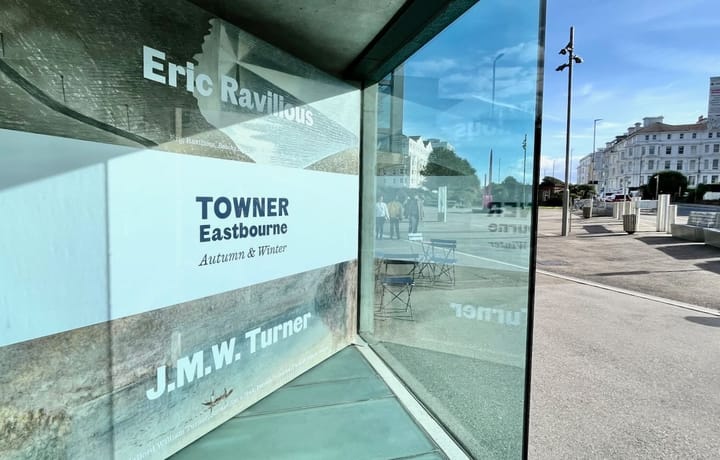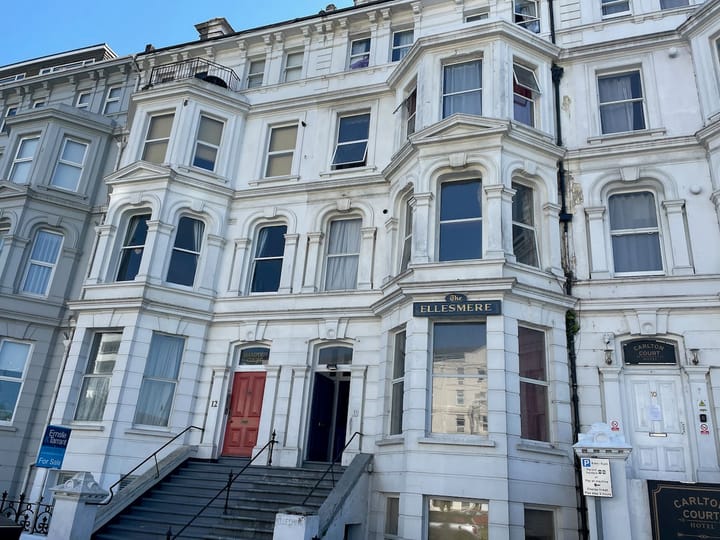What exactly is the problem with local news?
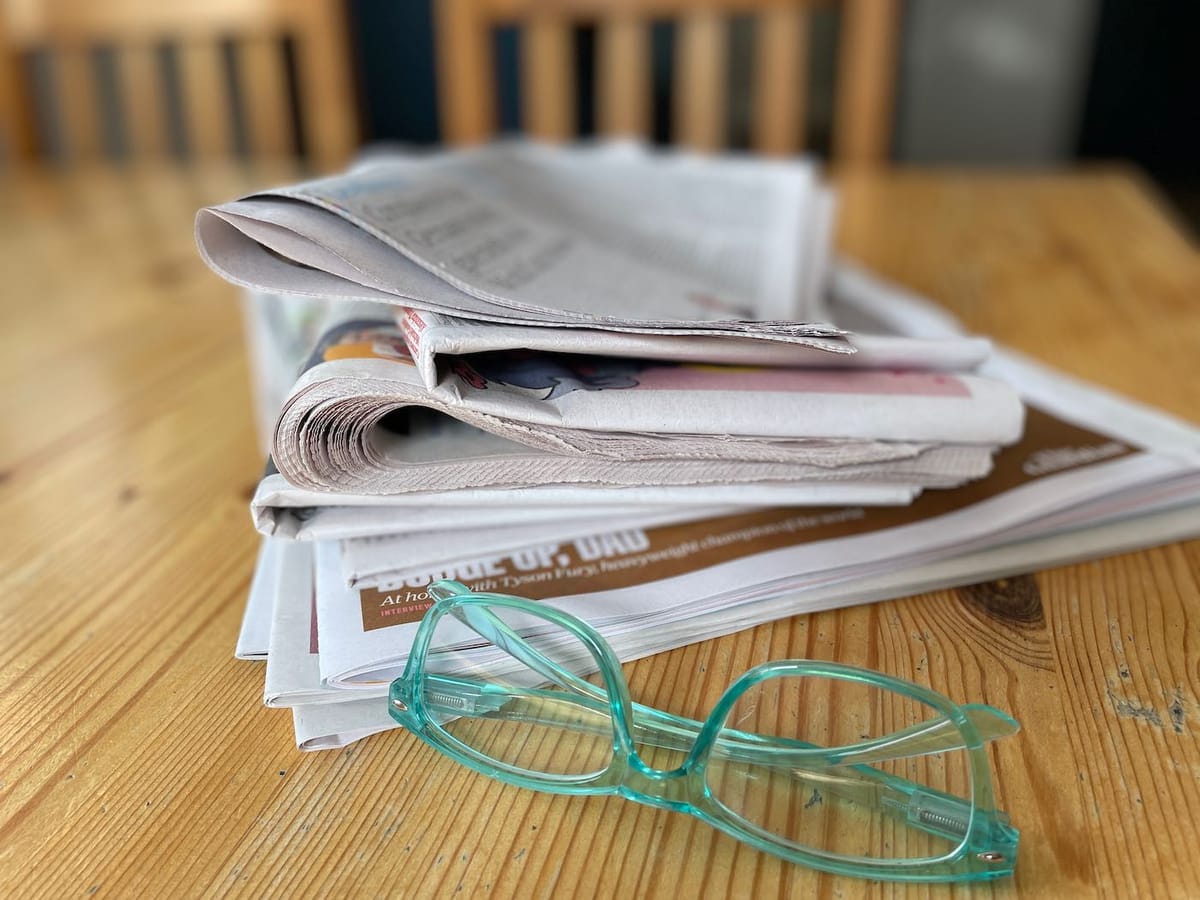
(UPDATED MAY 2025 WITH LATEST READERSHIP FIGURES)
I’ve just read a copy of an Eastbourne newspaper. It is a model of good local news reporting with eight stories on the front page.
Inside, on packed news pages, the reports include eight court cases and three inquests.
The defendants in court included a 74-year-old arsonist and a 22-year-old man who allegedly stole 43 toothbrushes.
There’s a column detailing 21 crimes, including the theft of a caravan worth £9,100 from College Road and of ‘a number of garden gnomes’ from Arundel Road.
Six editorial managers are listed: editor, deputy editor, news editor, picture editor, sports editor and entertainment editor. This does not include the team of news reporters.
Sounds like a good, trusted publication? Would you buy a copy with this level of local news reporting?
Well, it’s a poignant window on the past, a copy of the Eastbourne Gazette from 18 August 1993, which I found under an old carpet, presumably warding off draughts. So still useful.
The Eastbourne Gazette paper, first printed in 1859, ceased publication as a standalone title in 2016.
Where did it all go wrong?
Around the turn of the century, a handful of companies launched.
They were phenomenally successful in changing how we live and communicate – but they proved catastrophic for local news reporting.
This was because the newcomers’ business models were based on gathering data on all of us, then selling advertising (even if we have been trained to call them ‘social media’ companies).
But that advertising was the main income stream for print newspapers, not just in the UK but across the world.

So the business model newspapers relied on was wiped out within just a few years.
Google was born in 1998, Facebook in 2004 and Twitter in 2006. Rightmove, so vital for house hunting and nosey neighbours, started in 2000, while Indeed for job hunters arrived in 2004.
Instagram, launched in 2010, offering inexpensive, highly targeted advertising for local businesses which proved popular and successful.
Most newspapers reacted by putting all their content online for free and, crucially, by slashing costs – mostly staff – to the bone to try to claw back some profits.
The result in the UK has been that more than 320 local titles closed between 2009 and 2019 as advertising revenues fell by about 70%.
But the really serious outcome has been diminished local news reporting of issues of genuine interest. The core role of reporters in interviewing people and asking questions often seems to have been replaced by content copied and pasted from elsewhere to provide word wallpaper between the ads.
The court cases, the inquests, the minor crimes, legitimate questions about local authorities, the dramas in people's lives are all still there. But you are unlikely to ever read about them.
This is not a criticism of the reporters themselves – they are often working to targets to produce several ‘stories’ a day and page view figures set by management (see below for more on this).
A comment column earlier this year in The Guardian noted there is a “hollowing out” of newspapers, with court reporting “replaced by write-ups of press releases, or generic national stories topped-and-tailed with a little local colour – but it is obvious to readers”.
Anyone can read Sussex Police press releases here.
Anyone can read Eastbourne Borough Council press releases here.
Neither of them constitute impartial news giving a range of viewpoints. They comprise information written by publicly-funded communications professionals to put a generally positive spin on these organisations' activities.
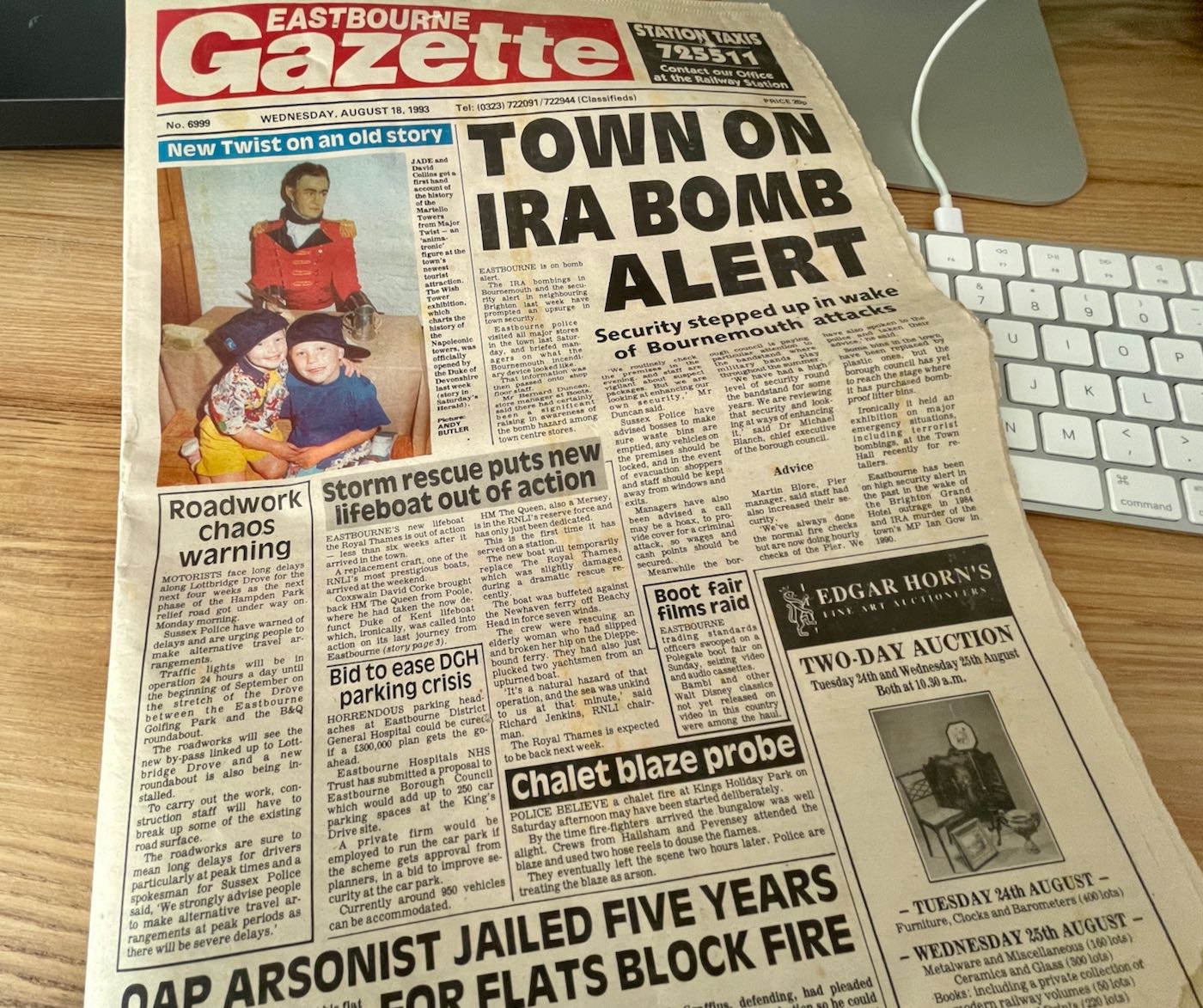
Research by the Charitable Journalism Project last year found that in some areas, police communications officers outnumber journalists.
It said that in many places, Facebook had replaced news publishers as the main way people get their local news. But that led to a proliferation of false information.
The study also identified a desire from communities for the return of local news and the scrutiny it applies to local councils and other organisations. But the big question is: who will pay for this to happen?
Who are the biggest local news providers in the UK?
There are three big players in UK local news: Newsquest, Reach and National World, which produce most local newspapers in print and online.
Newsquest owns 250+ local news brands and magazines. It has 27 daily titles, including The Argus in Brighton, and has a US parent company called Gannett.
Reach, which publishes the Daily and Sunday Mirror, has 130 national and regional brands. You may have seen it online in this area as ‘Sussex Live’.
Reach said in 2022 that news reporters who had been with the company for more than six months would be set minimum benchmarks of between 80,000 and 850,000 page views per month, depending on their role and which title they work for.
They called this scheme ‘Accelerated Personal Development’ and said it was not designed to be punitive.
But Reach also launched a scheme for voluntary redundancy after a slump in page view figures. It attributed the loss to a change in Facebook’s algorithm.
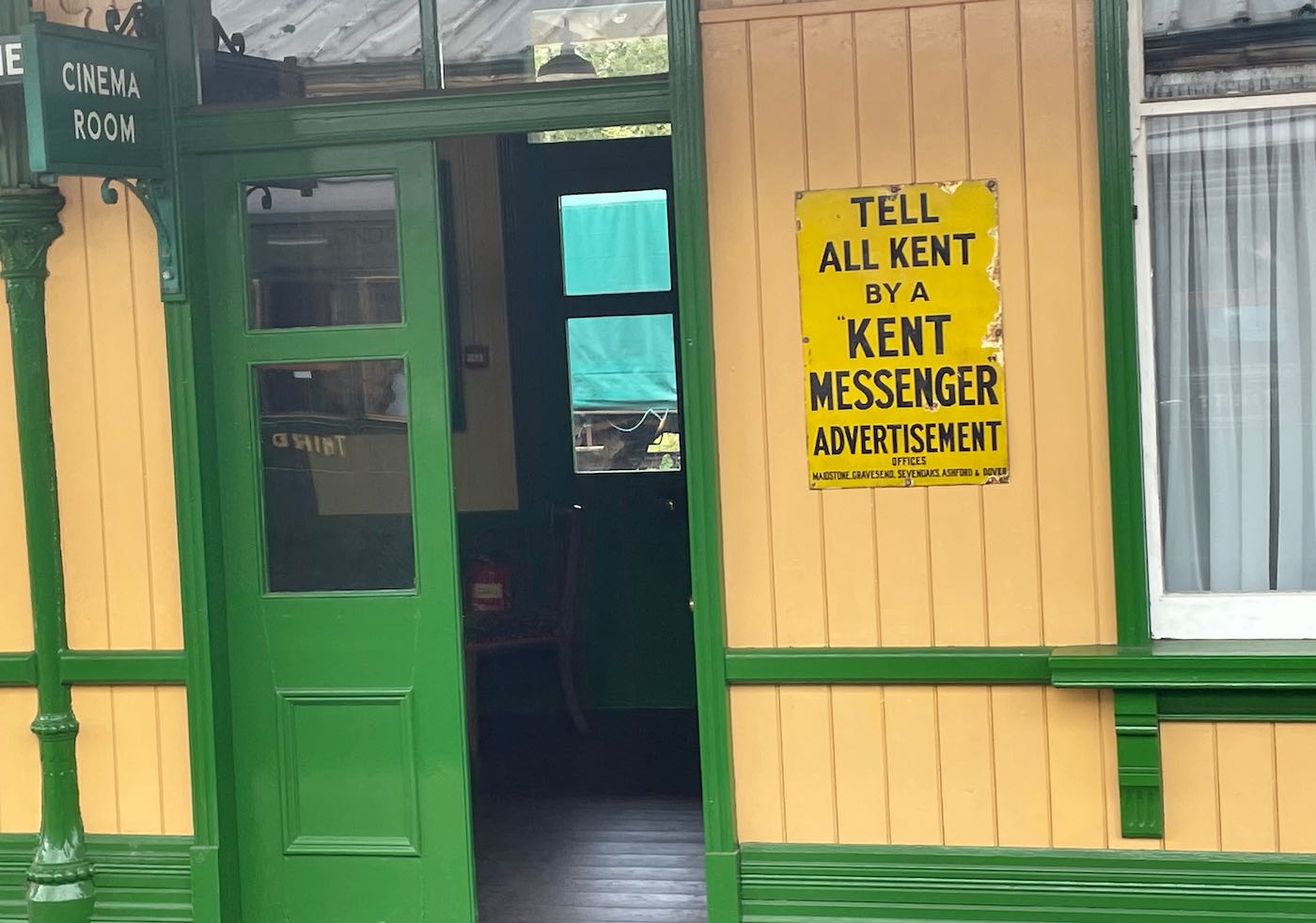
National World launched in 2021 when it bought JPI Media, formerly Johnston Press, for £10.2 million. It publishes more than 100 newspapers, including the Eastbourne Herald. You may have seen content branded as ‘Sussex World’.
National World announced a £9.3m profit for 2022, similar to the previous year. It said it would become a ‘digital-only’ company but indicated that printed newspapers were still part of the plan.
A former reporter on the Yorkshire Evening Post , a National World title, recently wrote about why she left to join independent news website The Liverpool Post in a piece entitled 'The Miserable World of Clickbait'.
Abi Whistance wrote: "I was expected to produce a minimum of three stories per day, but often wrote more like five. This sort of output is often — uncharitably but truthfully — referred to as 'churnalism'.
“It’s all in the word: this number of stories meant it wasn’t possible to spend time researching the topics I cared about; I didn’t have enough time to head out and do the kind of on-the-ground reporting that leads to valuable stories. Instead, I just had to bash something, anything, out.”
She believed that readers might click on alluring headlines but then would leave comments like: “You call this real journalism?”
In an average week at the Liverpool Post she files one or two in-depth, high-quality stories, rather than 15 at her previous employer.
Is there any hope?
Independent news organisations which take time to write original content are slowly establishing in some areas, notably bigger cities.
But every town deserves to have one, which is why I started the Eastbourne Reporter in the summer of 2022. It has attracted 63,000 readers (May 2025) even though I work mostly alone and largely voluntarily. But we still only have about 40 members paying a small amount monthly.
The Liverpool Post, mentioned earlier, is a sister website to the Manchester Mill and Sheffield Tribune. They produce long reads about their cities and are financially viable thanks to thousands of residents who are willing to pay a few pounds a month to support them.
These independents offer newsletters and exclusive content to paying subscribers, but a lot of their content is free to read. They do not rely on page views or advertising but their paying subscribers.
Other income streams for independent news websites and newspapers might be advertising and paid-for content, which should be clearly marked as separate from editorial.
The Independent Community News Network, of which Eastbourne Reporter is a member, represents more than 100 news outlets.
It says: “Audiences want local knowledge, intimacy, trust, connections; they want to know who their local journalist is; they want to be involved.”
Well-written community news websites, like the Eastbourne Reporter, offer the standard of journalism that used to be readily available - for a small cover price - in printed publications across the country.
Please support my work with a regular membership payment if you can. That would enable me to continue.
:: This is a not-for-profit news website and I want to keep it free to read. Please support us with a monthly coffee via the Subscribe button. Thank you.
